The famed train line, one of the oldest in Türkiye, bridges the capital Ankara and the easternmost province of Kars, passing through five different Anatolian provinces.
My voyage to Kars province aboard the iconic Eastern Express — a voyage I consider a once-in-a-lifetime experience that featured on my 2023 bucket list — kicked off in the Turkish capital, Ankara. I arrived at the railway station in the historic Ulus district a bit earlier than the train’s departure time of 5:55 pm to take a closer look at the Art Deco-designed station constructed in 1937.
Having made its maiden journey in May 1949, the Eastern Express connects Türkiye’s central Anatolia to its very eastern Caucasia on a daily basis. The entire trip takes more than 25 hours to complete, and the 1,310-kilometre route makes stops in the Central Anatolian provinces of Kirikkale, Kayseri and Sivas, weaving through eastern Erzincan and Erzurum before reaching its destination in northeastern Kars, which neighbours Georgia and Armenia.
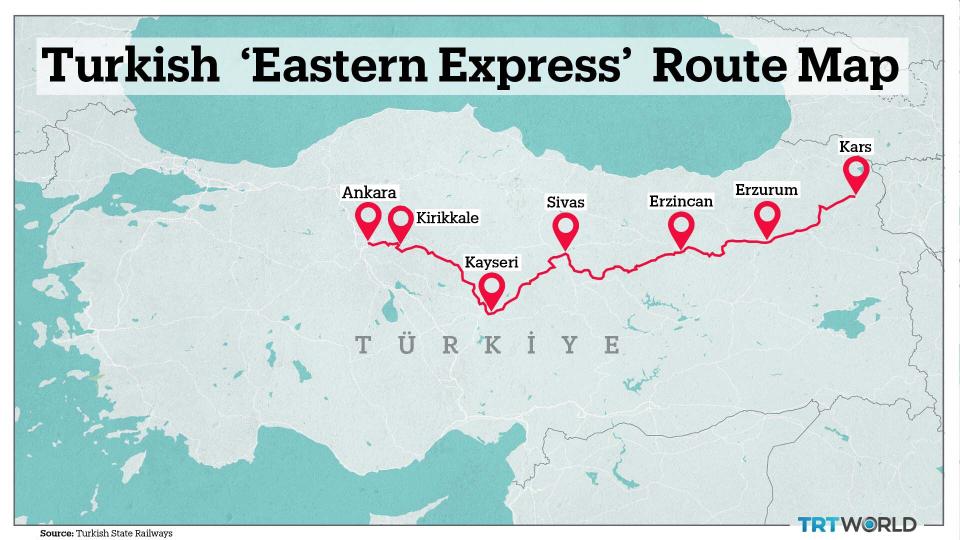
Due to its increasing popularity among both locals and foreigners in the winter, Turkish State Railways recently launched the Touristic Eastern Express, which takes six hours longer to arrive in Kars than the Eastern Express and has been in service since 2019. However, it is very challenging to reserve a seat aboard the Touristic Eastern Express as tickets invariably sell out within seconds, so I opted to take the original train and stayed in the standard class zone — as opposed to the sleepers' section — so as to enjoy the bustle of my fellow commuters.
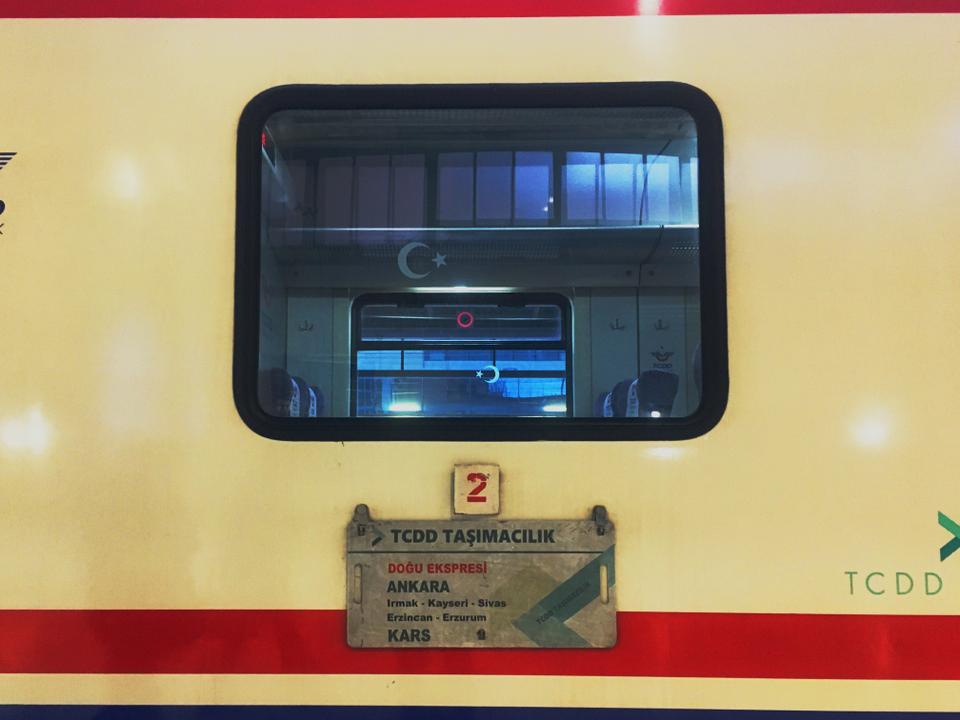
The sign of the Eastern Express, which travels from Ankara to Kars, is seen in the capital Ankara. (Nuran Gunduz)
As I made myself comfortable, curled up with a book on Anatolia, faces moved past me as we dropped passengers off to the backdrop of breathtaking scenes which appeared through the windows. This could be the first time I perceived the sound of steel wheels rolling on the tracks beneath me with so much clarity.

With the starting of winter season, trekking groups, photograph artists, mountain climbing groups and university students prefer the Eastern Express as their travel route. (AA)
I woke up the next morning at 7 am to the sound of an entirely different dialect of Turkish as we made our way out of the Sivas Divrigi, a district famous for its historical artefacts from the Anatolian Seljuk period. I spent the first hours of the crispy day marvelling at the view of the endless Anatolian steppes while savouring a stash of dried nuts and fruits.
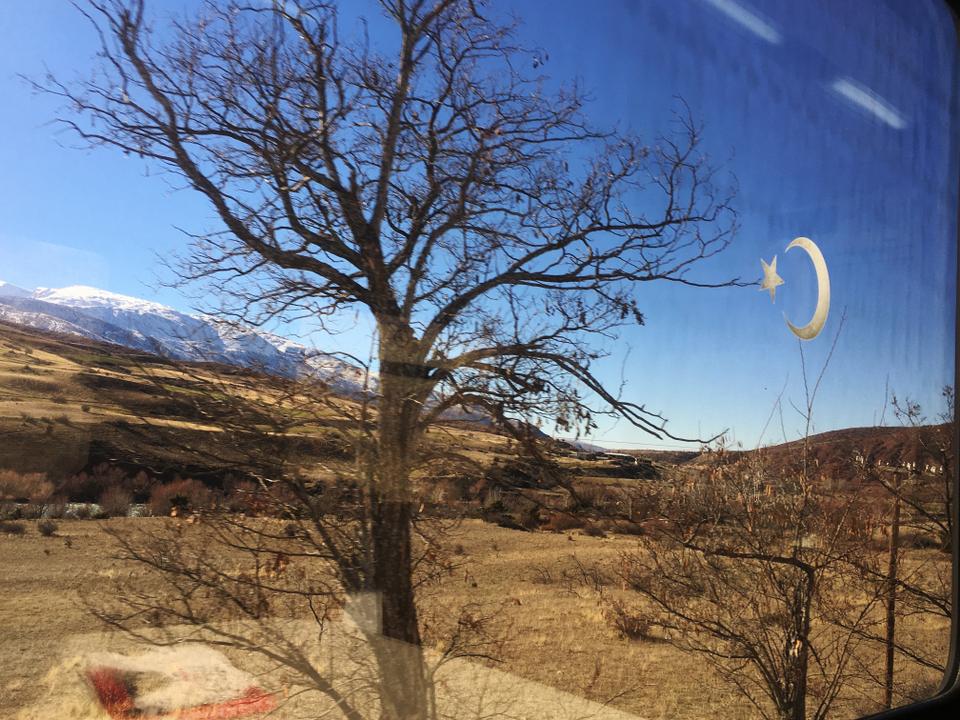
Erzincan province delivered the most spectacular scene of all, with its rolling hills, snow-capped mountains in the distance and the Euphrates River trickling down the Anatolian plateau. (Nuran Gunduz)
As we approached noon, I joined some international tourists sipping Turkish coffee or attempting to order through hand gestures. Erzincan province delivered the most spectacular scene of all, with its rolling hills, snow-capped mountains in the distance and the Euphrates River trickling down the Anatolian plateau. I fancied myself on one of the sets of a Nuri Bilge Ceylan film as the sun pierced through the windows.
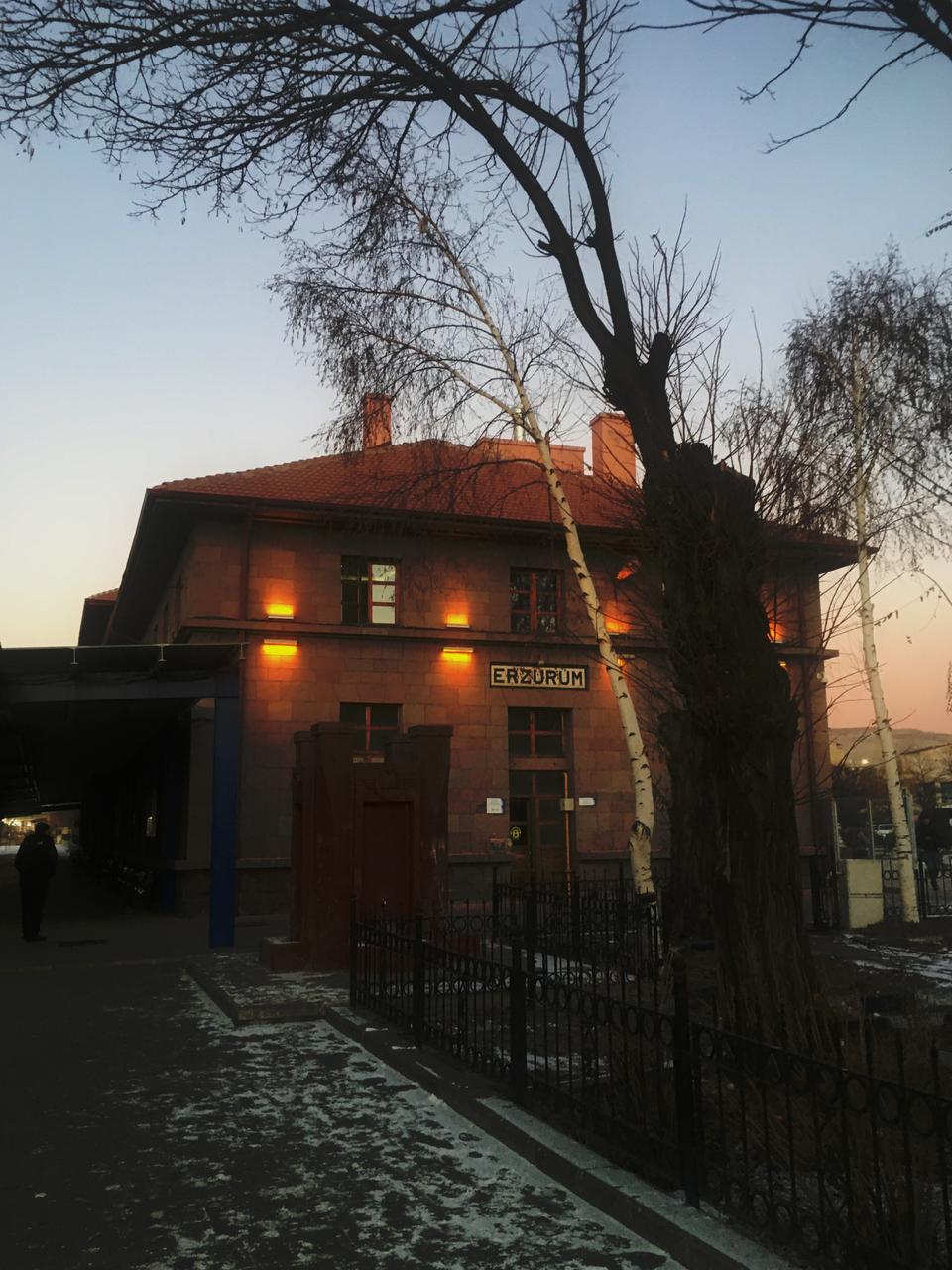
After briefly stopping in Erzurum province, famous for its ski resort and tasty Cag kebab, the train ride felt rather quick, and I soon found myself arriving at my final destination, Kars, whose bitter minus-16-degree-Celsius temperature stung me as I descended the train, piercing my bones and hands as I rushed to my hostel.
For my first breakfast in Türkiye’s easternmost province, I headed to Serhat Lokantasi, a small-scale non-touristy restaurant, for my first local culinary experience. "Sinir paca" soup is made with sheep’s trotters and garnished with vinegar, garlic and red pepper, fuelling me with warmth and energy to consume the day ahead of me.
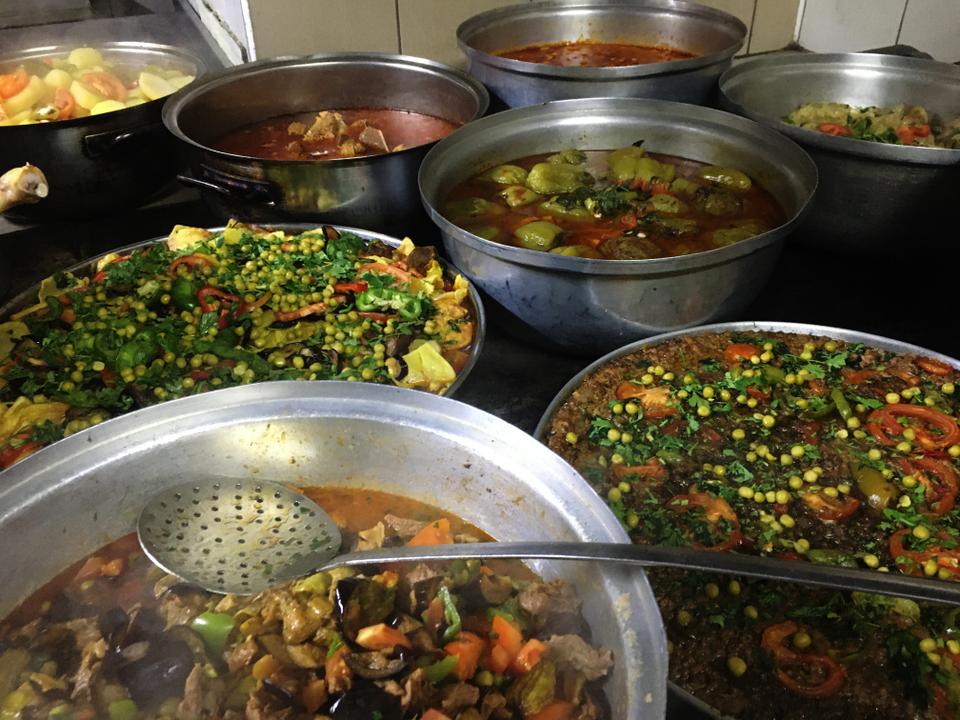
Curiosity led me to the ancient city of Ani, located 42 kilometres from the city centre. The medieval city, still under excavation by Turkish archaeologists, hosted some 24 civilisations, from the Urartians and Sassanids to the Armenians and Seljuks. Overlooking the Arpacay ravine dividing Türkiye and Armenia, the site brings together houses, military buildings, religious structures and bazaars, forming an urban plan drawn over the centuries by Christians and Muslims. Among the registered assets, Tigran Honents Church, which dates back to the 13th century, catches visitors’ eyes with its well-preserved icons and frescoes. Another landmark is Ebul Menucehr Mosque, the first Turkish mosque in Anatolia, built in the late 11th century.

My second day was devoted to walking around the city centre, starting at the Castle of Kars, which has, to date, served as the “third eye” of the historical Silk Road province, and is situated on a hill, offering a bird’s-eye view of the whole city. This 12th-century citadel overlooks nearby sites, including Kumbet Mosque, Ulu Mosque, Evliya Mosque, Kars Stream and Stone Bridge, in addition to a number of historical hammams, namely Mazlumaga, Cuma and Muradiye.
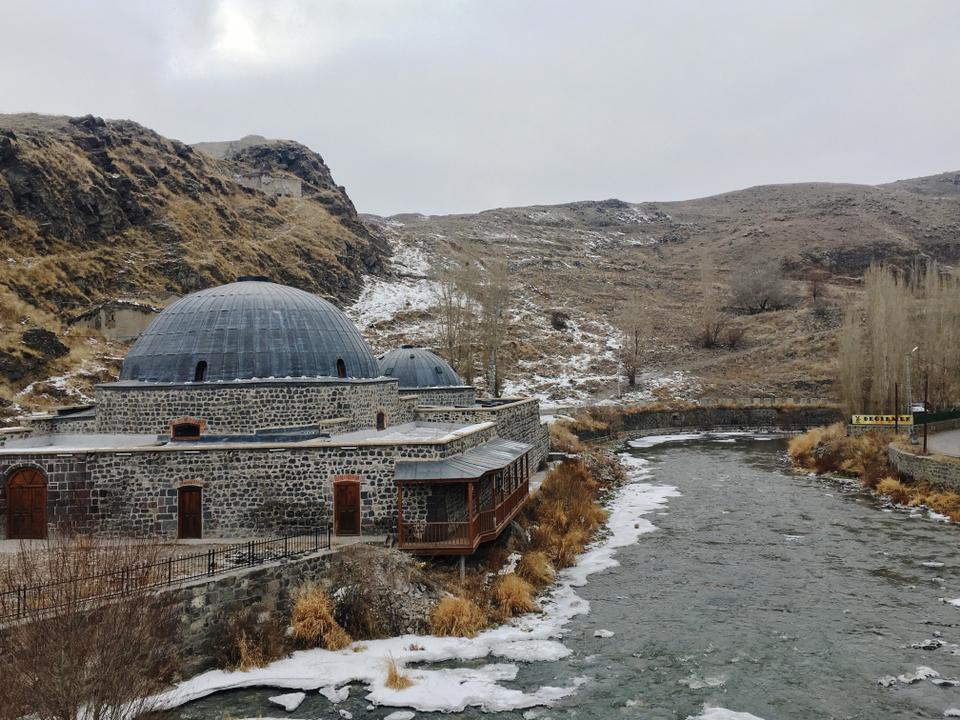
After the panoramic snapshot, I strolled through the back-streets of the city — streets that inspired the flaneuse in me with its characteristic tsarist-era architecture lining gridded avenues. The unique Baltic-style urban fabric on the buildings' basalt stones and facades resulted from the Russian occupation of the province between 1878 and 1918. I immersed myself in the eclectic architecture as snowflakes fell and lost track of time while taking pictures of buildings, many of which are currently serving as government institutions. This part of the Kars province reflects the words of Cemal Sureya, who described it as “white, sleepless and distant” due to its winter snows and its location at the very eastern end of the country.

Taking a break from wandering and sipping Salep, a hot milky drink served with cinnamon powder I purchased from a street vendor to warm myself up in the minus-8-degree-Celsius weather, I entered a shop to taste the famous aged Kars cheese, a local favourite owing to its strong aroma and texture to the milk of Kars’s cows and sheep which graze in high-altitude meadows, where 1,600 flowering plants are to be found. In addition to its 200-plus cheese shops, the province hosts a festival and museum dedicated to cheese to strengthen its brand image.
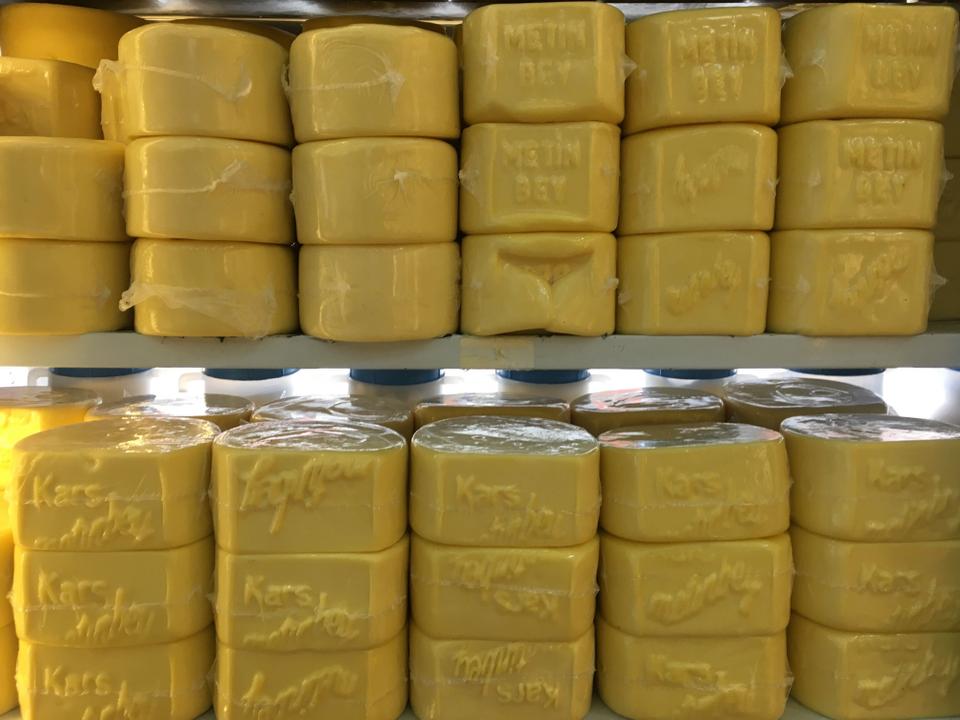
For dinner, I chose Hanimeli Restaurant (meaning “lady’s hand” in Turkish), which serves a selection of mouth-watering dishes in a rustic setting heated with a Turkish wood-burning stove. Roasted goose, pirozhki (Russian stuffed buns), hangel, hashil, piti and evelik soup are just some of the local specialties which reflect the multicultural ethnographic codes the province shares with Azerbaijan, Iran and Molokan culture. Gafil konah and umac helva are some of the desserts that ensure a delightful end to the meal in this venue.
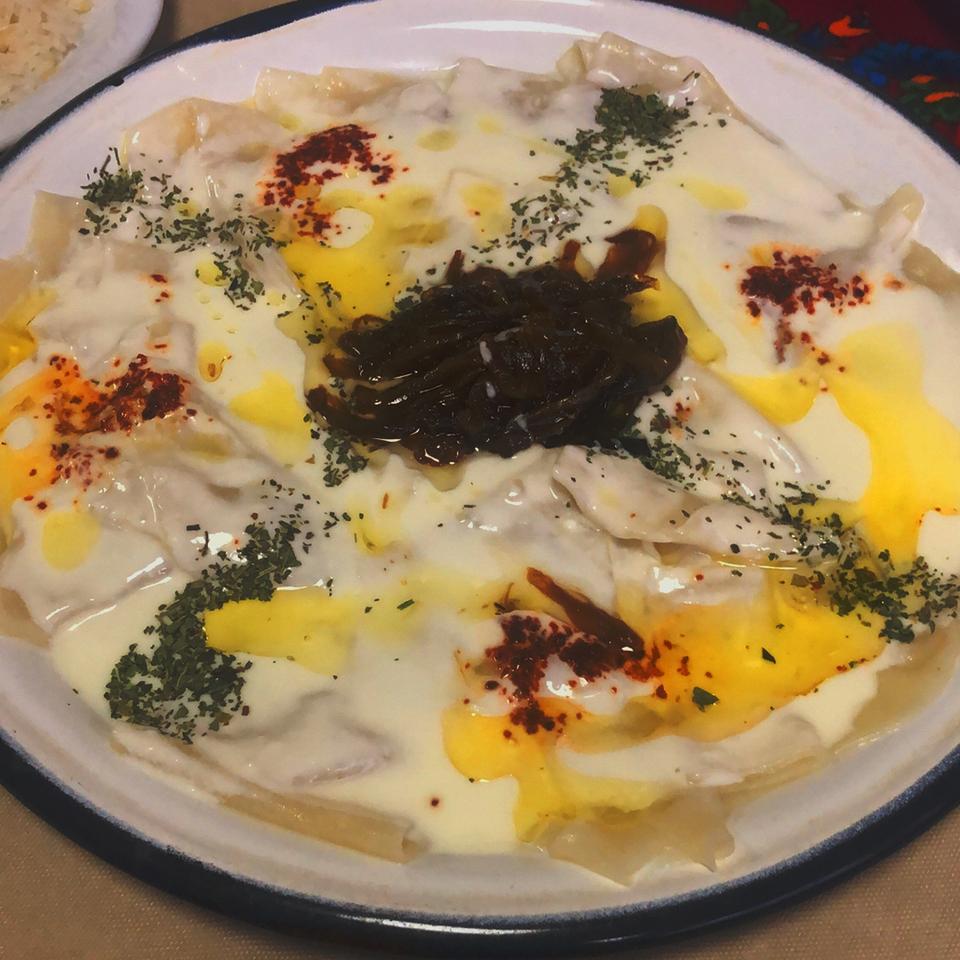
As all good things come to an end, my three-day-long trip, including the day-long train ride, also reached its conclusion. Not only was the trip gratifying for me in terms of gastronomy and history, but it also gave me new and inspiring perspectives on life.
Social media is bold.
Social media is young.
Social media raises questions.
Social media is not satisfied with an answer.
Social media looks at the big picture.
Social media is interested in every detail.
social media is curious.
Social media is free.
Social media is irreplaceable.
But never irrelevant.
Social media is you.
(With input from news agency language)
If you like this story, share it with a friend!













0 Comments